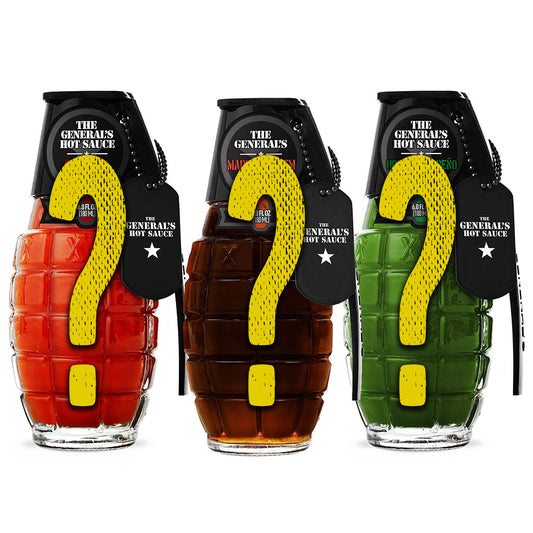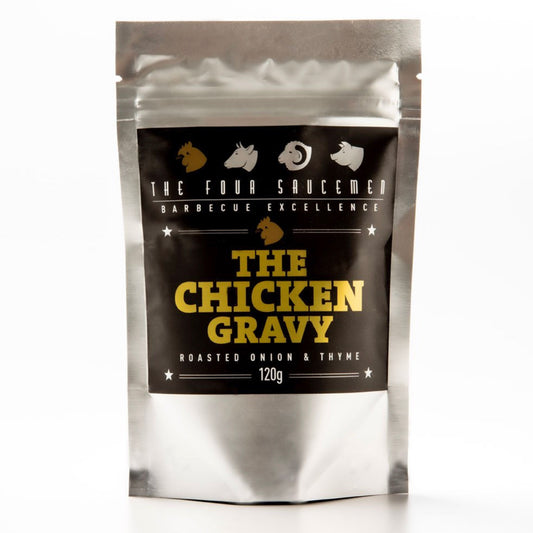There's a certain magic to BBQ brisket that's hard to describe. The tender, flavourful meat melting in your mouth is a taste of the patient craftsmanship that went into smoking it to perfection. However, achieving that melt-in-your-mouth perfection might seem like a tall order, especially if you're a beginner in the world of BBQ.
Fear not, for mastering the art of BBQ brisket is a journey we're about to embark on together!
|
Key Section |
Summary |
|---|---|
| Choosing the Right Brisket | Selecting a quality cut, understanding the grades of meat. |
| Preparation | Trimming, applying rub, and prepping for the smoker. |
| Smoking the Brisket | Low and slow cooking, managing the 'stall', and achieving tenderness. |
| Overcoming Common Challenges | Keeping the brisket moist, wrapping techniques, etc. |
| Serving | Slicing against the grain, serving suggestions. |
1. Choosing the Right Brisket
Embarking on the BBQ brisket journey begins with choosing the right cut of meat. The brisket is a large, tough cut from the chest or lower neck of the cattle, and its quality significantly impacts the final flavour and tenderness. Here's what you need to know:
Understanding Cuts and Grades
Brisket comprises two main muscles; the 'point' and the 'flat'. The point is fattier and often used for making succulent burnt ends, while the flat is leaner but equally delicious when cooked right. When buying a brisket, you'll often come across terms like 'packer cut', which is a whole brisket inclusive of both the point and the flat.
The grade of the meat is another crucial factor. Higher-grade meats like Prime or Wagyu have more marbling, which translates to more flavour and tenderness. However, a Choice grade brisket can also yield good results with a bit of extra love during the cooking process.
Tip: Look for a brisket with good marbling and a thick, even flat to ensure a juicy result.
Selecting the Right Size
The size of the brisket you choose depends on the number of people you plan to serve. A whole packer brisket can range from 10-15+ pounds and can feed a crowd. However, if you're cooking for a smaller group, you might opt for just the flat or the point cut.
Explore Australian BBQ Rubs & Sauces to find the perfect accompaniments for your brisket adventure.
2. Preparation
Proper preparation is key to a delicious BBQ brisket. From trimming the fat to applying a savory rub, each step lays the foundation for the smoking process.
Trimming Your Brisket

Trimming is a crucial step as it helps in rendering fat and achieving a good bark. You'll want to trim most of the larger fat deposits off of the meat, leaving at least a quarter-inch of fat on the brisket to help moisten the meat during cooking.
Tip: If the fat is hard, remove as much as you can without affecting the meat. If it's soft, leave it!
Applying the Rub
The rub you choose will significantly impact the flavour profile of your brisket. You can experiment with different rubs to find what suits your taste buds. Apply your rub liberally to ensure every part of the brisket is well-seasoned.
Discover a Range of Beef Rubs to elevate the flavour of your brisket.
3. Smoking the Brisket
The heart of BBQ brisket lies in the smoking process. Achieving that tender, flavourful result requires patience and the right techniques. Let's break down the steps to smoke your brisket to perfection.
Setting Up Your Smoker
A consistent low temperature is key for smoking brisket. Set up your smoker to maintain a temperature around 225°F using indirect heat. The type of wood you use also influences the flavour. Common choices are oak and mesquite, with oak providing a milder flavour and mesquite a bolder, smokier profile.
Tip: Ensure your smoker is up to temperature before placing the brisket inside to avoid temperature fluctuations.
Managing the 'Stall'
During the smoking process, you might encounter a period where the temperature of the brisket plateaus, known as the 'stall'. This is normal and can last several hours. Wrapping the brisket in foil or butcher paper can help retain moisture and overcome the stall.
Explore BBQ Gear Options to find tools that can help manage the smoking process.
4. Overcoming Common Challenges
Smoking a brisket can present certain challenges, especially for beginners. Here are some common hurdles and how to tackle them:
Keeping the Brisket Moist
Ensuring your brisket remains moist throughout the long smoking process is crucial. Some BBQ enthusiasts use a water pan in the smoker to maintain humidity, while others prefer injecting the brisket with broth or using a spritz bottle to keep it moist.
Tip: A simple apple cider vinegar spritz every hour can help keep the brisket moist and add a hint of flavour.
Achieving a Good Bark
A good bark is the sign of a well-smoked brisket. It's achieved through a combination of the rub used, the smoke, and maintaining a dry surface on the meat.
Discover More BBQ Tips to overcome challenges and perfect your BBQ skills.
5. Serving
Once your brisket has reached tender perfection, it's time to serve it up. How you slice and serve your brisket can significantly impact the dining experience.
Slicing Your Brisket
Slicing against the grain is crucial as it results in tender, easy-to-chew slices. It's advisable to separate the point and the flat before slicing to ensure you're always cutting against the grain. Use a sharp, long slicing knife for the best results.
Tip: Slice your brisket in front of your guests to add a dramatic flair to the BBQ feast.
Complementary Dishes
Complement your brisket with sides like coleslaw, baked beans, and cornbread. A variety of sauces, ranging from spicy to sweet, can also elevate the taste. Don't forget to offer a selection of refreshing beverages to wash it all down.
Explore Red Smoke BBQ for more BBQ techniques and serving suggestions.
Tips
| Aspect | Tips |
|---|---|
| Slicing | Against the grain slicing ensures tenderness. |
| Complementary | Offering a variety of sides and sauces enhances the BBQ experience. |
Conclusion
Mastering BBQ brisket for beginners may seem daunting initially, but with the right guidance and a sprinkle of patience, you're well on your way to BBQ brilliance. The journey from selecting the right cut of meat, preparing, smoking, and finally serving your brisket is a rewarding experience that not only fills the belly but also the heart. Remember, every BBQ master was once a beginner. So light up that smoker, and let the BBQ adventures begin!
Discover More Recipes & Articles to continue your BBQ journey with Barbeque Trading Co.
Frequently Asked Questions
-
What is the best cut of brisket for BBQ?
- The best cut for BBQ is a whole packer brisket that includes both the point and the flat cut. Higher-grade meats like Prime or Wagyu are recommended for better marbling and flavour.
-
How long does it take to smoke a brisket?
- It can take anywhere from 10 to 15 hours or more to smoke a brisket, depending on its size and the temperature at which it’s being cooked.
-
What temperature should I smoke my brisket?
- A consistent low temperature of around 225°F is ideal for smoking brisket.
-
How do I keep my brisket moist while smoking?
- Keeping a water pan in the smoker, wrapping the brisket in foil or butcher paper during the stall, or spraying it with a liquid like apple cider vinegar can help keep it moist.
-
How should I slice my smoked brisket?
- It’s important to slice brisket against the grain to ensure tenderness. A sharp, long slicing knife is recommended for the best results.
-
What sides go well with BBQ brisket?
- Classic sides like coleslaw, baked beans, and cornbread complement BBQ brisket well.





